Dinh Tien Hoang street, named after the emperor credited with quelling the '12 Warlords Rebellion' and unifying the country. In a historical coincidence, President Ho Chi Minh, the founder of the Democratic Republic of Vietnam in 1945, frequently passed through this sacred street during the New Year to celebrate with the people and visit workers at the post office and the Bo Ho Power Plant.
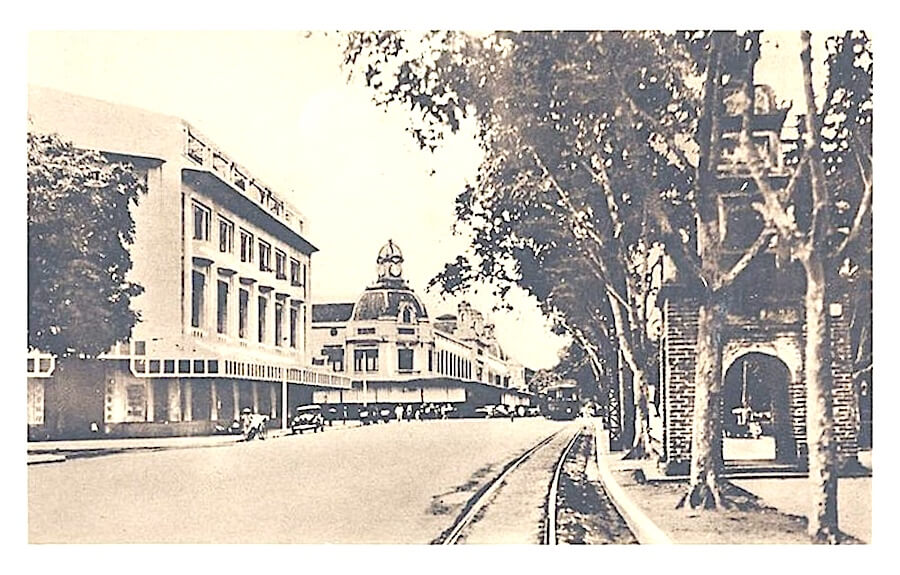
This is an ancient street, with the first section originally belonging to Thang Binh Village, followed by Huong Minh Village (colloquially known as Hang Che Village), the middle section being Ta Vong Village, and the last section being Hau Lau Village, all of which were part of the Huu Tuc District, Tho Xuong County (by the mid-19th century, Hau Lau was renamed Cuu Lau, and Huu Tuc District was renamed Đong Tho District). House number 9 was originally the communal house of Thang Binh Village. The middle section of Ho Hoan Kiem Street, connecting to Dinh Tien Hoang, once had the Huong Minh communal house. This is the "Hang Che Street" mentioned in the "Markets and Streets" section of the Dai Nam Nhat Thong Chi during the 19th century.
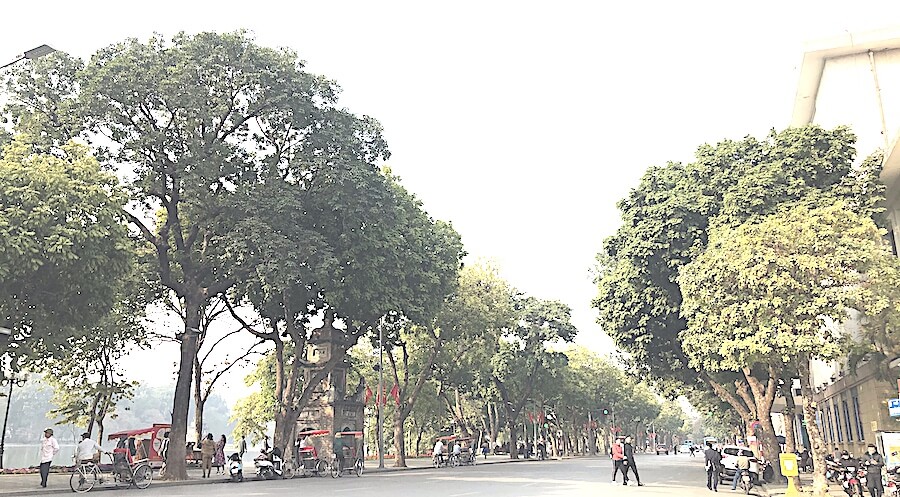
Dinh Tien Hoang Street is approximately 900 meters long, beginning at the Trang Tien - Hang Khay intersection, passing through administrative centers such as the Ha Noi People's Committee Headquarters, Ha Noi Post Office, Ha Noi Electricity Company, and historical sites like Bao An Pagoda, Ly Thai To Square, Ba Kieu Temple, and ending at Dong Kinh Nghia Thuc Square (where Le Thai To, Cau Go, Hàng Gai, and Hang Dao Streets converge). During the French colonial period, the street was named Francis Garnier Boulevard. In 1945, Dr. Tran Van Lai, the Mayor of Ha Noi, renamed Francis Garnier Boulevard to Dinh Tien Hoang Street to honor the emperor who ended the feudal division and unified the nation in the 10th century - Dinh Bo Linh.
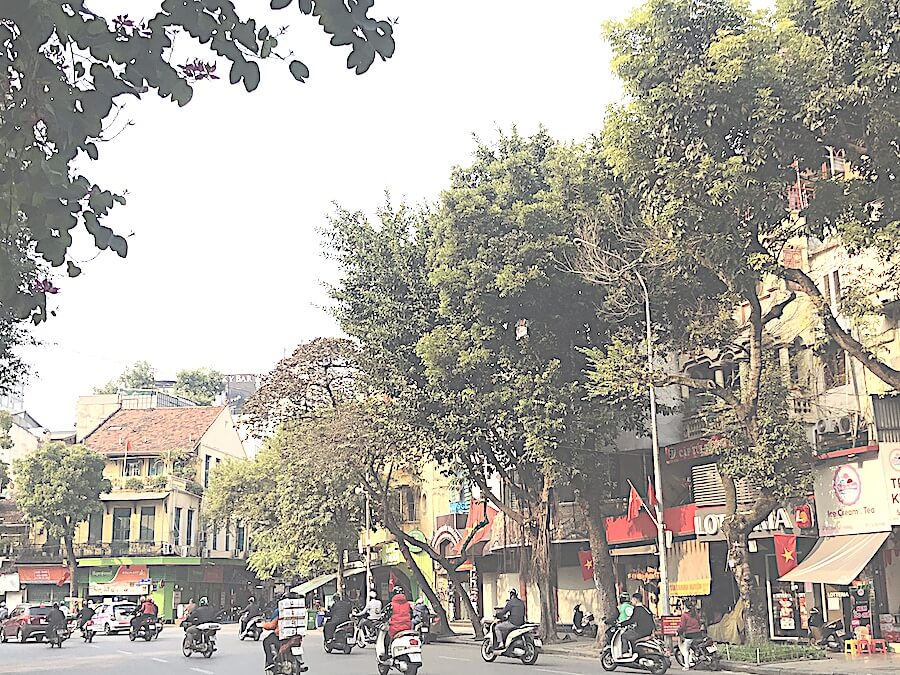
Ha Noi is home to many streets, each bearing its historical significance. Despite the passage of time, the ancient remnants continue to form the spirit of the streets, leaving behind a cultural space for future generations. One of the streets closely tied to the cultural space of the thousand-year-old capital is Dinh Tien Hoang Street.
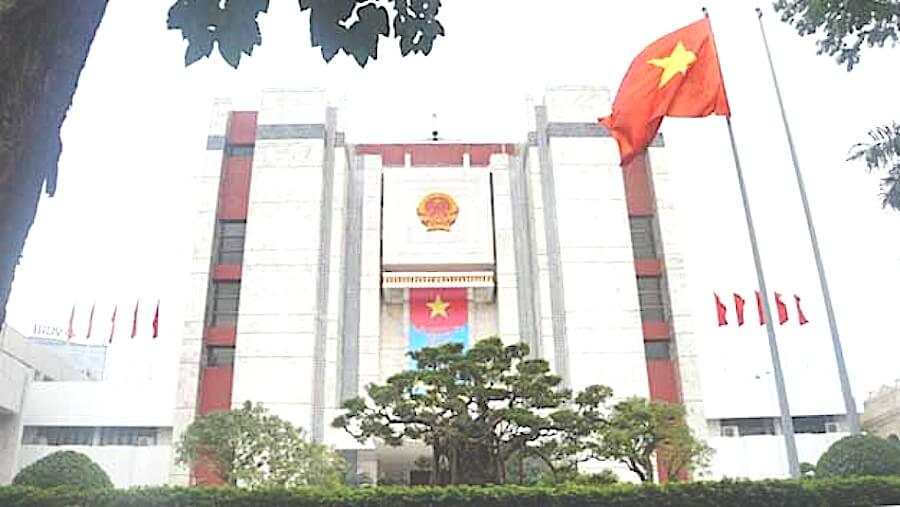
After the French occupied Hà Nội, they immediately began constructing new streets. Dinh Tien Hoang Street was among the first, with a construction decision made in 1884 under the initial name Boulevard autour du Petit Lac (Boulevard around Hoan Kiem Lake), but it wasn't mapped out until April 1885. In 1888, the City Council voted to allocate 220,000 francs to complete this boulevard promptly, but negotiations were delayed due to some landowners demanding excessively high compensation.

Legend has it that after establishing the capital in Thang Long, Emperor Ly Thai To visited this place, admired a crystal-clear lake with an ancient pagoda in the middle, and named the temple here, Ngoc Tuong. During the Tran Dynasty, the temple was renamed Ngoc Son. In the Le Dynasty, around 1428, after ascending the throne, Emperor Le Loi sailed from the Red River, turned into the lake, and returned the sword to the Golden Turtle. From then on, the Luc Thuy Lake in Ta Vọng Village was named Hoan Kiem Lake, also known as Sword Lake.
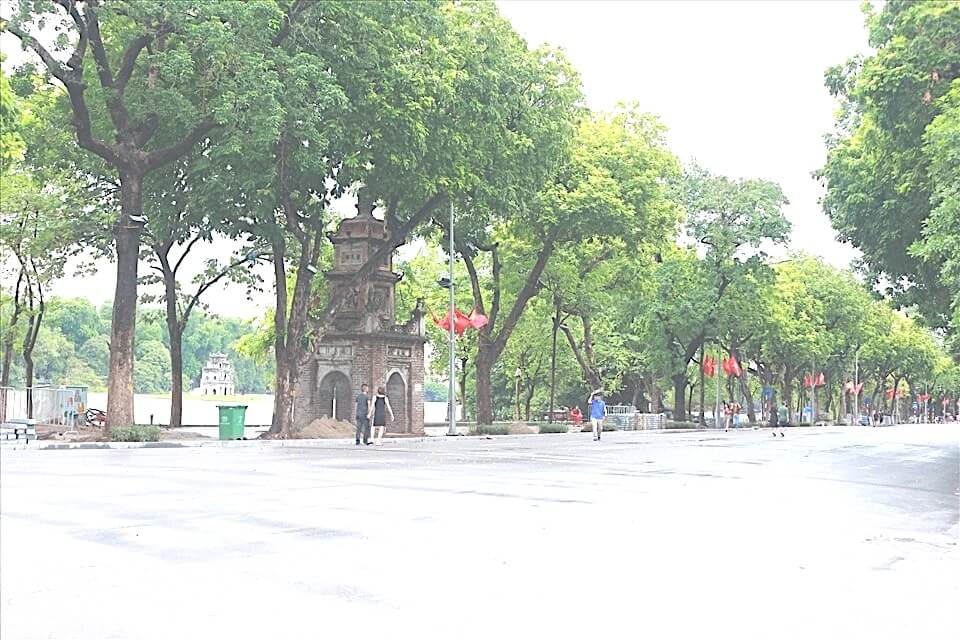
In 1888, the French established the city of Ha Noi and began expanding to the Southeast to transform Ha Noi into a major city in Vietnam, meeting all the criteria of a European urban center worthy of being the capital of French Indochina. Therefore, when planning to build a new district with European architecture alongside the old quarter, they designated the area around Hoan Kiem Lake as the center of Ha Noi.
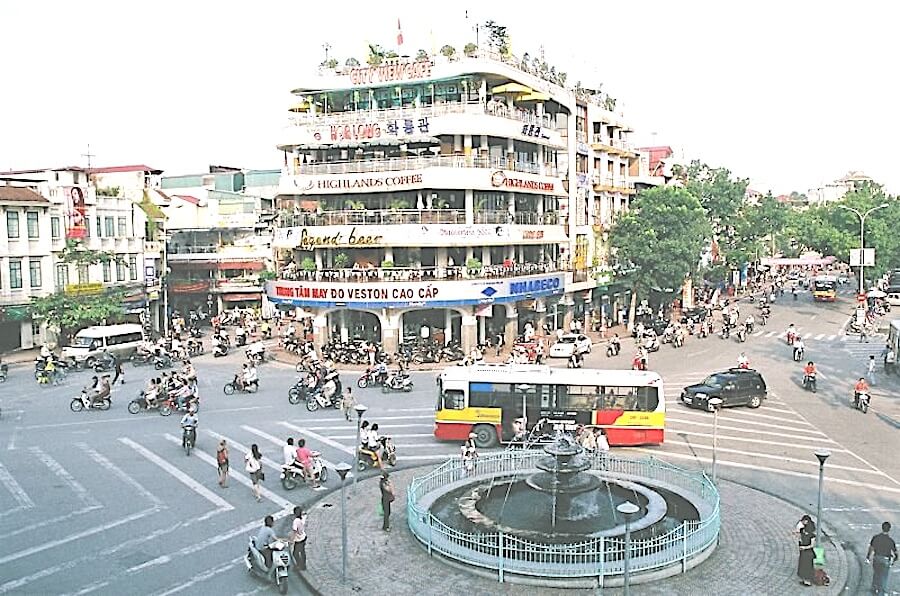
Alongside Hoan Kiem Lake, which is lush all year round with the ancient Turtle Tower, the street is dotted with attractions that draw tourists, including Hoa Phong Tower (a relic of Bao An Pagoda); Ly Thai To Park and Statue; Ba Kieu Temple and the Cam Tu Quan Monument at 59 Dinh Tien Hoang; Ngoc Son Temple with Thap But, Dai Nghien, and The Huc Bridge; and Dong Kinh Nghia Thuc Square.
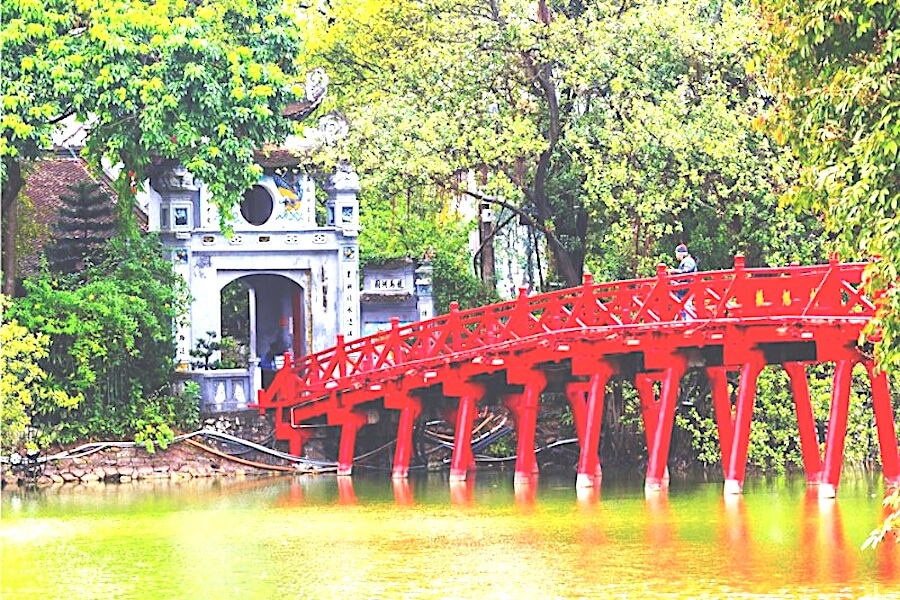
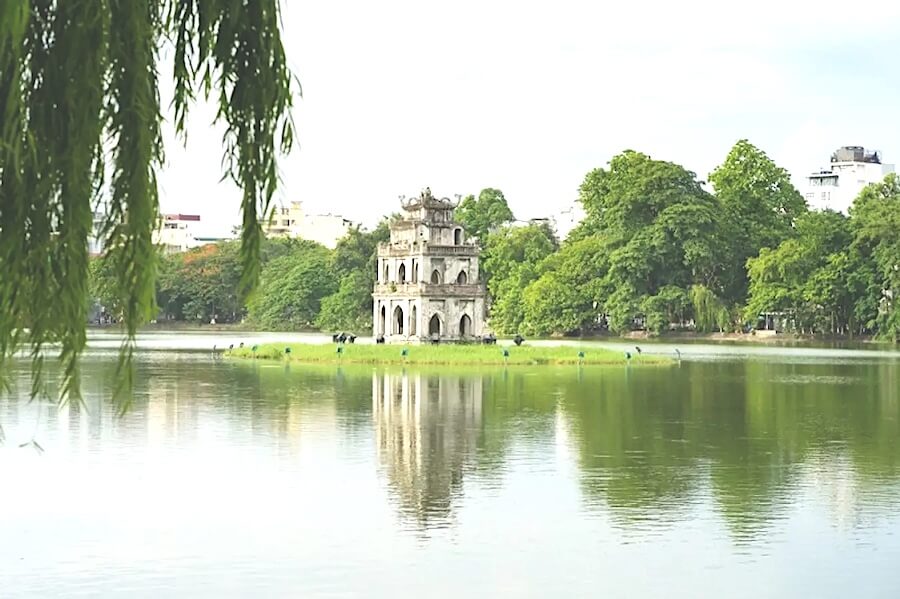
Today, Dinh Tien Hoang is one of the most beautiful and modern boulevards in the center of Ha Noi. It plays a special role in the political, sports, and cultural activities of the nation, which are frequently held on this street or in Ly Thai To Park, the Cam Tu Quan Monument, and Dong Kinh Nghia Thuc Square."



